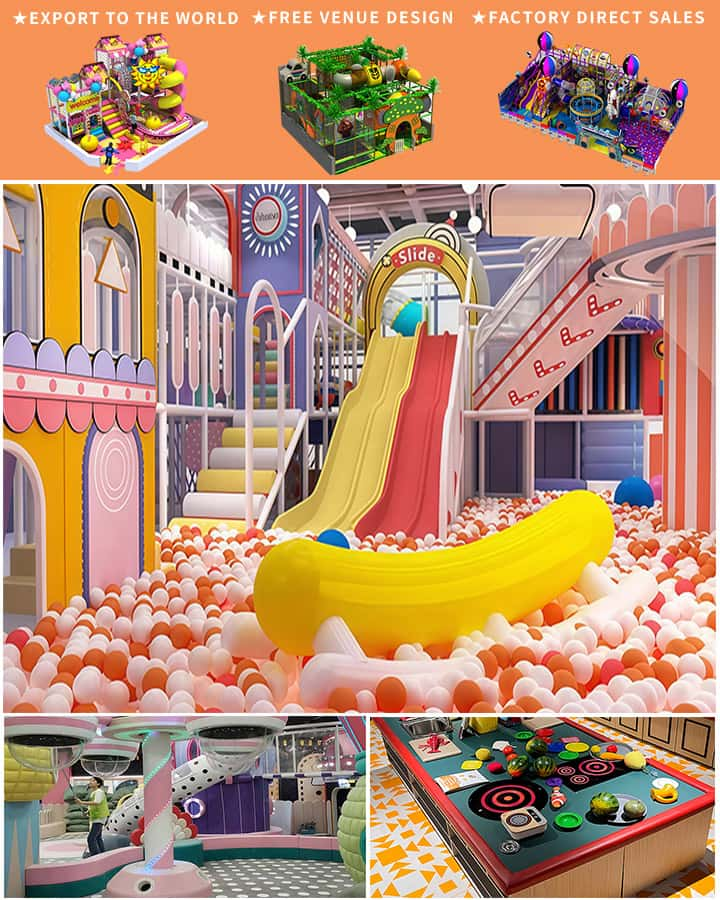A well-designed playground is more than just a collection of swings and slides; it’s a space where children can learn, grow, and develop essential motor skills. Setting up a playground for children requires thoughtful planning, safety considerations, and an understanding of what engages young minds. This guide outlines the steps to create an ideal playground set up that promises hours of safe, educational fun.
Choosing the Right Location
The first step in setting up a children’s playground is selecting an appropriate location. The playground should be easily accessible but not too close to busy roads or heavy traffic areas. It should be located on flat terrain to minimize the risk of accidents and ensure that all equipment is stable. Additionally, consider shading options like trees or canopies to protect children from harsh sun exposure.
Safety First: Materials and Installation
Safety is paramount when setting up a playground. Choose materials that are durable, non-toxic, and designed specifically for children. Rubber mats or wood chips can be used under climbing structures and play equipment to cushion falls. Ensure that all equipment is securely installed according to manufacturer guidelines and regularly inspected for wear and tear. Safety surfacing around the playground should extend at least six feet beyond any piece of equipment.

Variety and Balance
An engaging playground offers a variety of activities that cater to different age groups and abilities. Include a mix of physical challenges like climbing walls, balance beams, and seesaws, as well as imaginative play areas such as sandboxes, water tables, and themed play structures. Slides, swings, and merry-go-rounds add classic fun while promoting physical activity. Make sure there are both active and passive play areas to accommodate diverse interests.
Inclusive Design
Incorporate inclusive design principles to ensure that all children, regardless of their physical abilities, can enjoy the playground. Install ramps alongside steps, provide sensory-rich elements like musical instruments or tactile panels, and include wheelchair-accessible spinner bowls and carousels. Clear paths and transfer stations between different play areas make it easier for children with mobility issues to navigate the space.
Educational Opportunities
A playground can also serve as an outdoor classroom. Incorporate elements that promote learning through play, such as number and letter recognition panels, puzzle boards, or nature exploration zones with labeled plants and rocks. These features encourage curiosity and stimulate cognitive development.
Maintenance and Supervision
Regular maintenance is crucial for keeping the playground safe and enjoyable. Conduct daily checks for debris and damage, and schedule periodic inspections by professionals to ensure structural integrity. Adequate supervision is also essential to prevent accidents and manage conflicts among children. Trained staff or responsible adults should always be present to oversee activities.
Community Involvement
Lastly, involve the community in the playground’s design and setup. Solicit input from parents, teachers, and local organizations to understand the needs and preferences of the children who will use the space. Community involvement fosters a sense of ownership and pride, leading to better care and utilization of the playground.
By following these guidelines, you can create a children’s playground set up that is not only fun and exciting but also safe, inclusive, and conducive to learning and growth. A well-thought-out playground becomes a cherished community asset, providing countless hours of joy and developmental opportunities for future generations.




